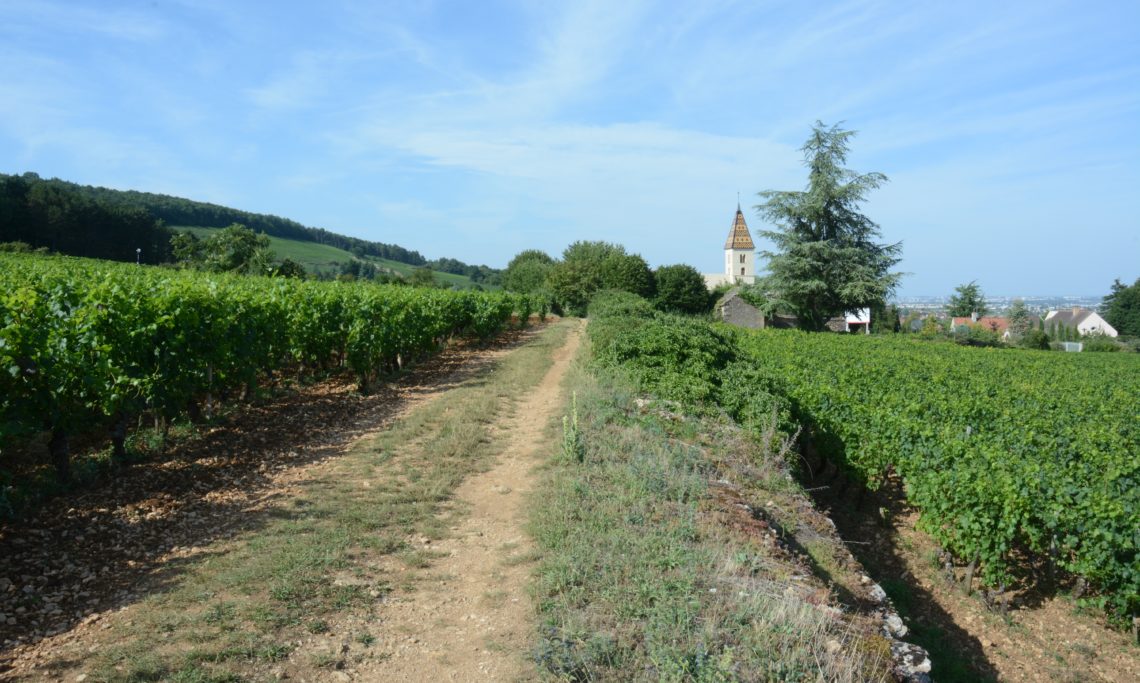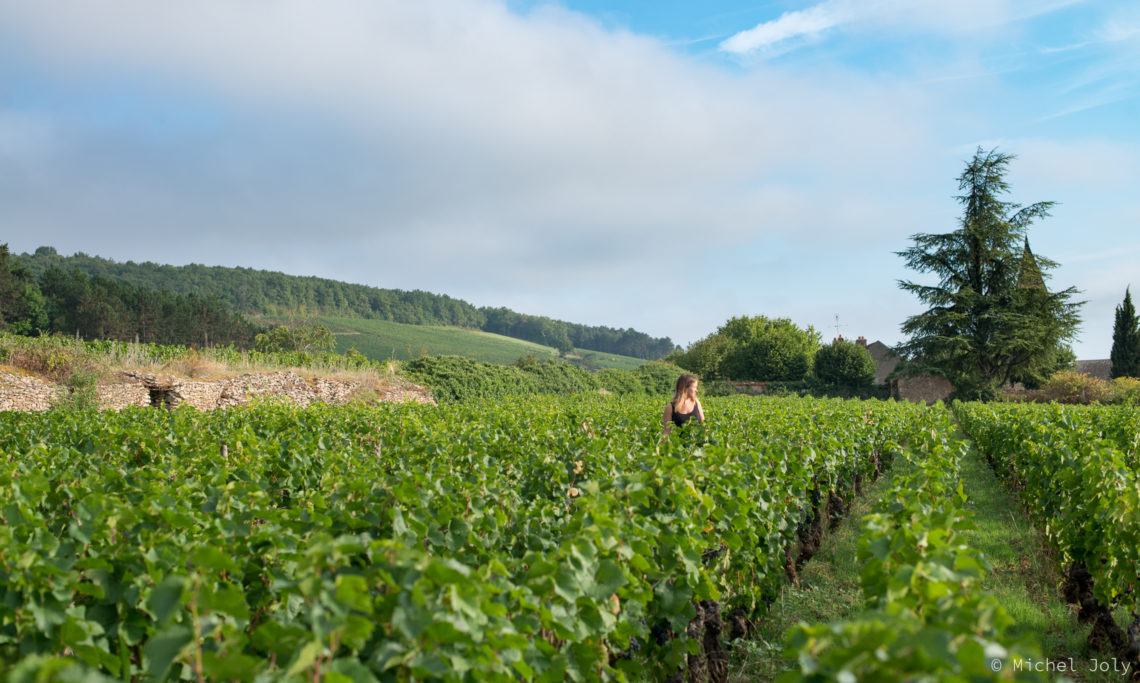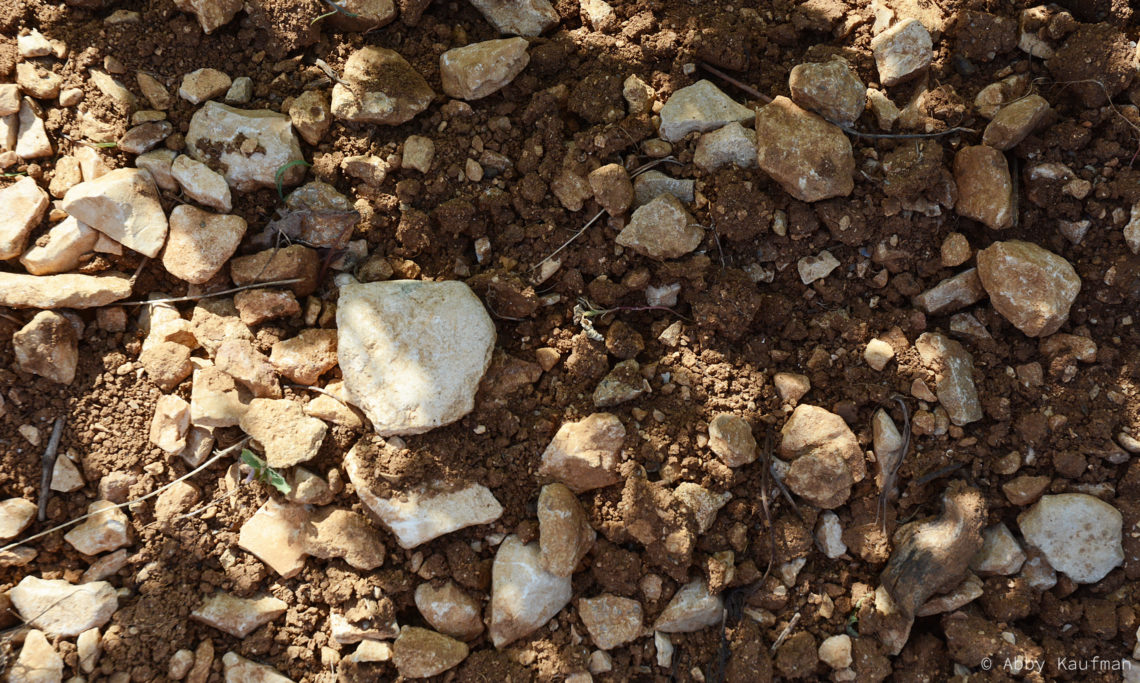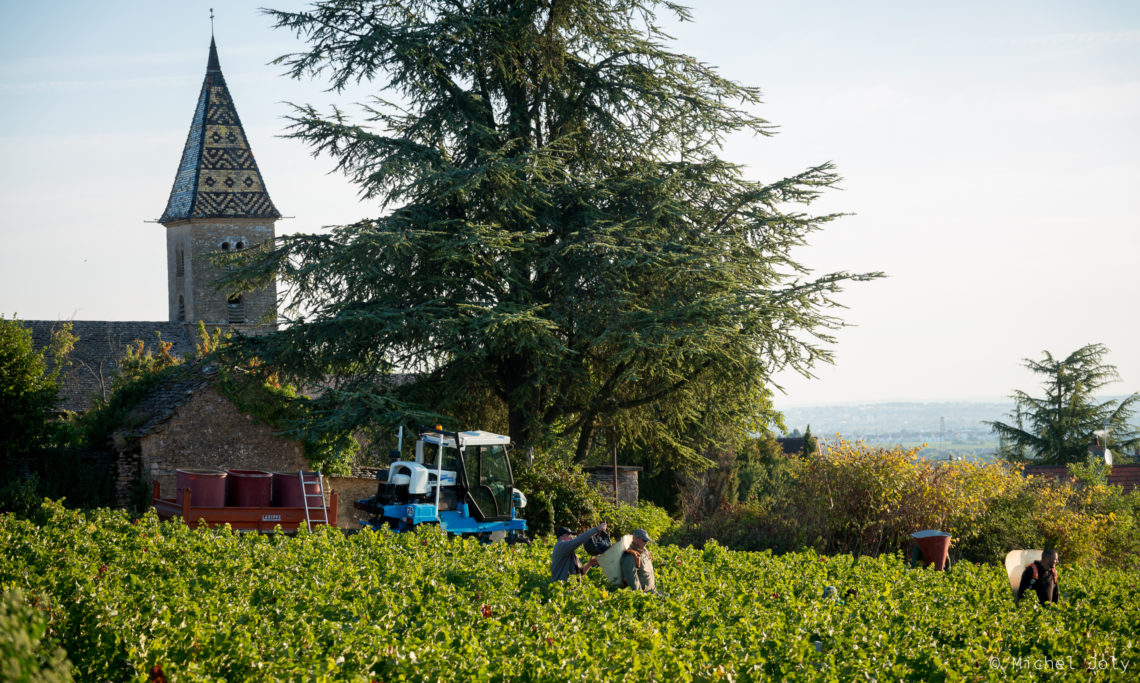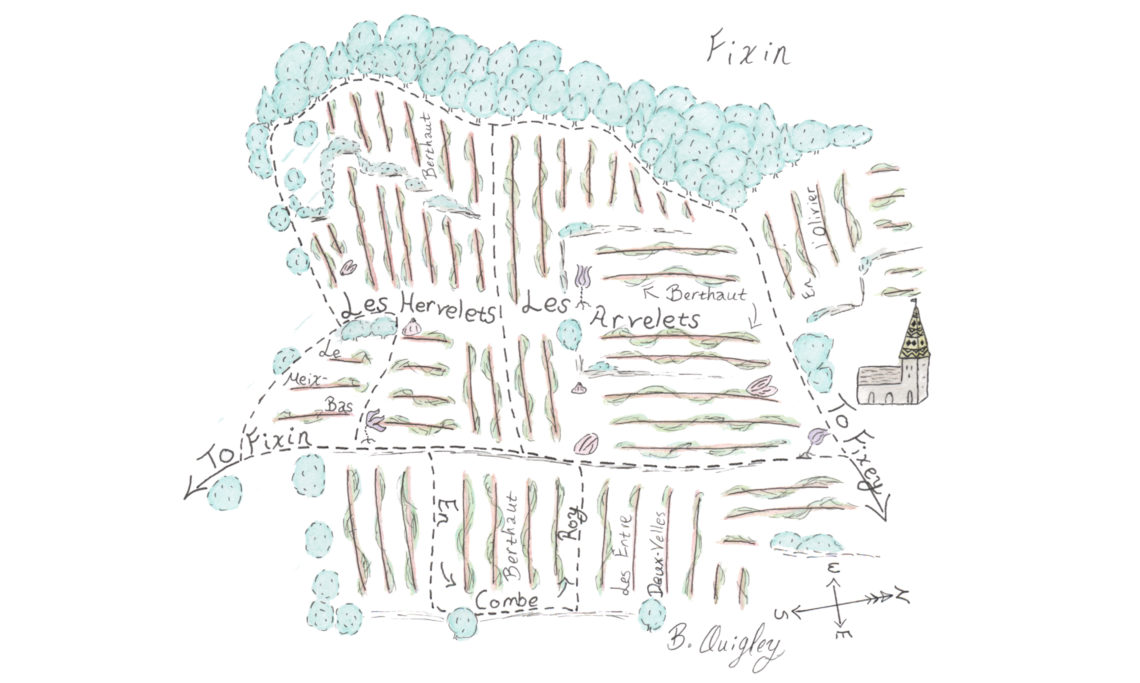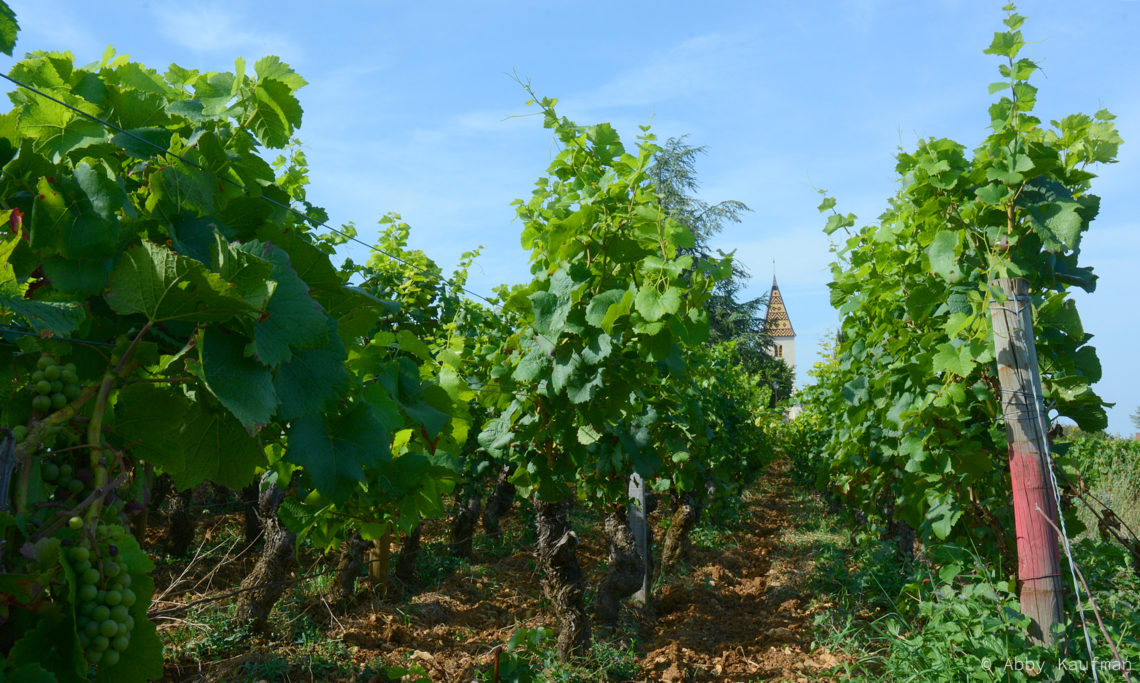Fixin 1er Cru Les Arvelets
At a Glance
- Size: 1.0 ha (2.4 ac)
- Variety: Pinot Noir
- Vine Age: Planted in 1956, 1960, 1980
- Terroir: Upper part of slope, limestone and marl soil.
- Viticulture: Sustainable
- Vinification: Partial (0-50%) whole cluster, cold macerated. Ambient yeast fermentation in concrete vats. 1-2 pump-overs per day with a few punch-downs at the end of fermentation. Malolactic fermentation and aging in barrels (30% new).
Additional Info
Etymology: Arva is latin for cultivated fields; –let(s) is French for small, young, etc. Arvelets would therefore mean small cultivated fields. (Sources: Charlotte Fromont, Marie-Hélène Landrieu-Lussigny). Older sources state that the origin of the name is Arbelaie, Latin for a place where maple trees grow.
Location: Les Arvelets is 3.36 ha (8.3 acres). It is the northernmost premier cru in the Côte d’Or. It lies between 310 and 340-meters elevation. The overall slope is moderate, which is accuented by the fact that several large terraces have been created to fight erosion. It faces east, occasionally slightly southeast because of minor waves in the topography.
Soil: The upper third of the vineyard has shallow soils (<40 cm) with a significant colluvial input from the limestone rocks found atop the hill. These soils are highly calcareous, and consist of a mixture of clay, silt and sand. They are light and textured. The lower two-thirds of the vineyard are on thicker (>50 cm) brownish-red, weakly calcareous, clayey soils. As a whole, the vineyard is rocky, with 15-30% gravel-sized or larger stones on the surface. Many of these rocks contain an abundance of fossils, and it is not uncommon to spot large, fully intact shells within minutes of stepping into the vineyard.
Bedrock: Four different types of Jurassic limestone have been identified as the bedrock below the vineyard. At the bottom of the slope, there are coarse-grained, sandy marls. The central portion of Les Arvelets is planted upon Crinoidal limestone. Just above this, faulting has exposed a sliver of fine-grained, pink Prémeaux limestone. At the top of the slope, there is fossil-rich, marly ostrea acuminata.
The Berthaut-Gerbet parcel: It is 0.96 hectares (2.37 acres) and it is located at the north end of Les Arvelets in the central portion of the vineyard’s slope on both sides of a small path that cuts through the vineyard. It is on the Crinoidal limestone and the sandy marls. The soil is the deeper, clayey yet stony type described above for the lower two-thirds of Arvelets. Amélie’s vines are planted across the slope instead of downslope. The average age of the vines is 40 years old.
We are greatly indebted to Brenna Quigley for the geology and physical descriptions.
Wines
-
White
-
Red
- Bourgogne Rouge Les Prielles
- Bourgogne Hautes Côtes de Nuits
- Côte de Nuits-Villages
- Fixin Rouge
- Fixin Les Clos
- Fixin Les Crais
- Fixin En Combe Roy
- Fixin 1er Cru Les Arvelets
- Gevrey-Chambertin
- Gevrey-Chambertin Clos des Chezeaux
- Gevrey-Chambertin 1er Cru Les Cazetiers
- Gevrey-Chambertin 1er Cru Lavaux St. Jacques
- Chambolle-Musigny 1er Cru Les Plantes
- Vosne-Romanée
- Vosne-Romanée 1er Cru Les Petits Monts
- Vosne-Romanée 1er Cru Les Suchots
- Clos Vougeot Grand Cru
- Echezeaux Grand Cru

